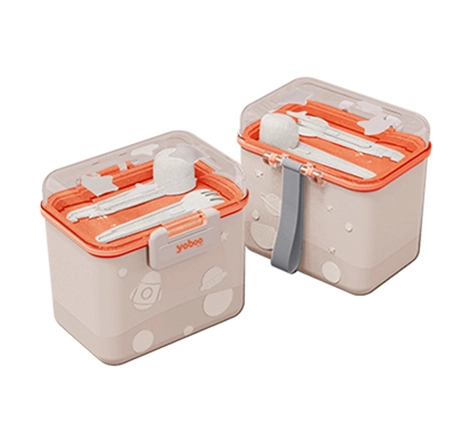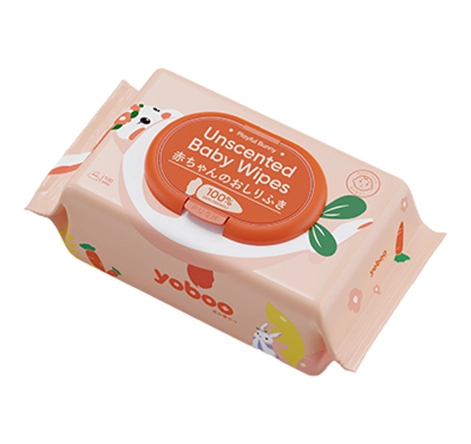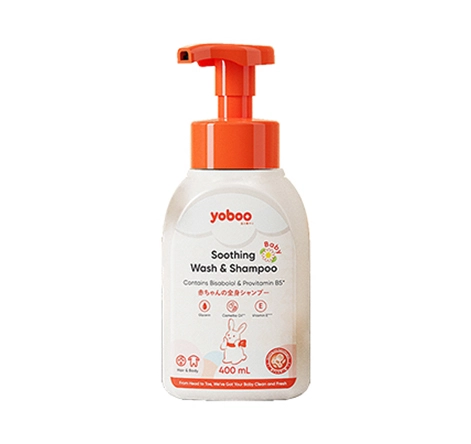Many mothers hesitate about whether to bring a breast milk collector when preparing for their hospital stay. On one hand, they don't want to risk being without one when they need it; on the other hand, they may think it's unnecessary or even ineffective. However, based on the experiences of most breastfeeding moms, a breast milk collector is really necessary!
The Role of an Automatic Breast Milk Pump
For breastfeeding mothers, it is very important to start lactating as soon as possible. At first, the baby may not have enough strength to suck out the milk, so the mom needs to use a smart electric breast pump to help produce more milk quickly and smoothly. Especially when the mom experiences a natural milk engorgement 2 to 3 days after giving birth and the baby is not consuming as much, the breast milk collector can help alleviate the pain by suctioning out the milk faster.
Correct Use of an Automatic Breast Milk Pump
Once you have received the automatic breast milk pump, you may find that there are many accessories that can be overwhelming at first. However, after using it just once, it will become easier to handle.
First, read the instructions and try assembling it.
Clean the parts that can be washed and disinfected, and wipe the rest of the parts clean for storage.
Before feeding, massage the breasts, drink plenty of water, and prepare the breast milk storage bags and the breast pump.
Once the position is adjusted, start the breast milk collector, and adjust the gear to a comfortable and non-painful position.
Let the breast milk with temperature cool down.
After the breast milk is at room temperature, pour it into the storage bags.
Seal the storage bags, write down the time and amount of milk on the label, and store them in the freezer by date.
During the first three months, breastfeeding will not reach a supply-demand balance, and the moms with less milk may have to wake up in the middle of the night to pump to stimulate more milk production; moms with more milk may have to wake up in the middle of the night to pump out the excess milk. The choice of an automatic breast milk pump should be based on the individual's budget and usage scenario. Those who use it more at home may prioritize comfort, while working moms should consider convenience factors such as the noise level and weight. Studies have shown that babies who are breastfed are less likely to get breast and ovarian cancer. During the lactating period, women need to consume an additional400 to500calories of energy per day to produce enough breast milk.













